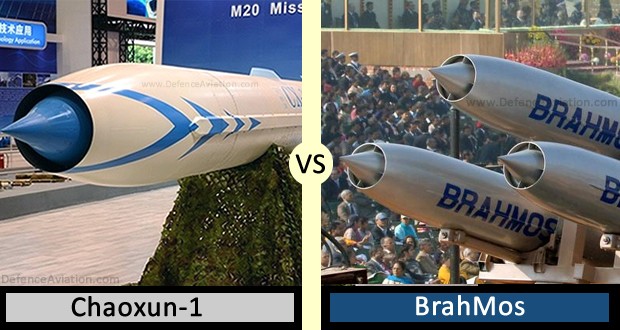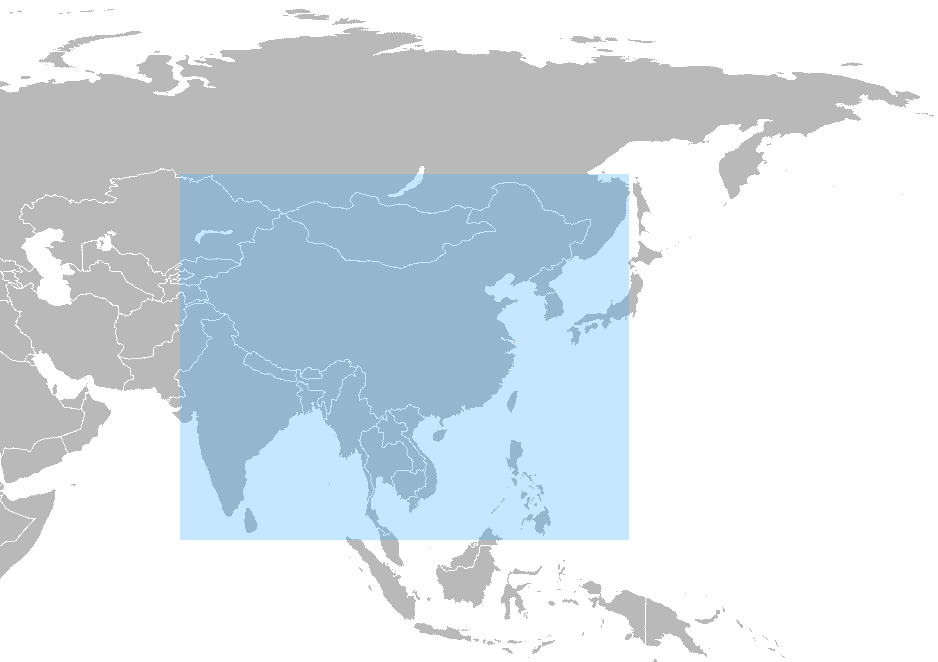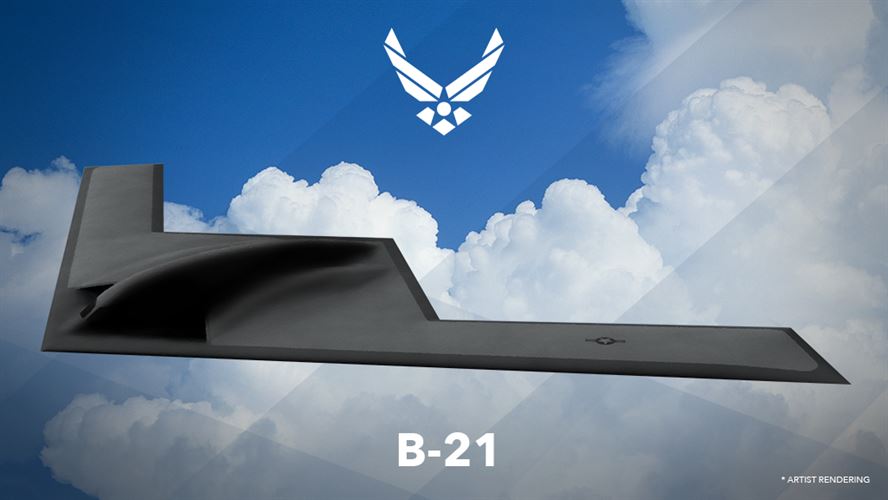Despite media frenzy in defence circles, it has been stated that the Chaoxun-1 (CX-1) supersonic missile designed by China’s Aerospace Science and Technology Corporation, Beijing is not a copy of India’s Brahmos missile. There have been allegations that Russian technology had been passed on to China, or that it had been stolen.
These reports have been proven false by Russia defence officials stating “there is no question of Russian technology being used for the Cx-1”. Still, the missile has been ironically nicknamed “Cahoxi 1”, meaning “Copy 1” in English. There has been speculation that the Chinese CX-1 is a copy of the BrahMos supersonic missile and bears an unsettling resemblance to it.
Although there are physical and technical similarities, in terms of range and speed projections, there is no Russian technology used in the design or building of the missile. Wang Hongpo, chief designer of the Chaoxun-1 (CX-1), said that the Cx-1 has a completely new design and uses different components for its smaller front end, wings, jet vane, aerodynamic guidance systems and propulsion mechanism. The Cx-1, just like India’s BrahMos missile has a range of around 300 km and an approximate speed of Mach 3. The Chinese mainstay missile also flies at an extremely low altitude and at a high rate of speed in its final deployment stage.
Top scientists involved in the design and manufacture of BrahMos stated that the two missiles are completely different and that China still has a long way to go in terms of refining their missile technology. The recently held Zhuhai Chinese Air Show showcased the CX-1 to visitors, and on closer inspection, the head of the Russian-Indian joint venture for Brahmos, A Sivathanu Pillai, has concluded that there is a difference in the propulsion mechanisms of the two missiles and that the similarities only reside in the superficial exterior.
A Sivathanu Pillai, head of the India-Russia BrahMos joint venture has said that the Cx-1 and BrahMos are two very different missiles and that they employ distinct propulsion mechanisms. He added that the BrahMos has been in development for over a decade now and that China has a long way to go before they catch up in terms of the missile technology being used currently.
The BrahMos capable of being equipped on mobile, ground stations and warships with considerable ease. Its precision, speed and low flying altitude make it the weapon of choice to avoid enemy detection and perform stealth attacks on radar installations, army headquarters and communication / control modules. It is considered the fastest missile of its kind due to its supersonic speeds, and can carry warhead in excess of 200 kg, making it quite a formidable weapon. Currently, the BrahMos missile is being configured for deployment via air by coupling it to the Sukhoi Su-30MKI aerial fighter jet. Once this is done, it should be virtually unstoppable.
China has stated that the main reason of the two missiles sharing similar characteristics is due to the Missile Technology Control Regime, which imposes restrictions on missile attack range not exceeding 300kms and payload of less than 500 kg. They have also stated that the Cx-1 can fly at a slightly faster speed than the BrahMos at an altitude of 17,000 meters. The Cx-1 uses a ramjet propulsion mechanism as opposed to the BrahMos which uses a solid propellant for initial acceleration and then switches to a liquid fuelled ramjet for sustained flight at supersonic speeds.
The CX-1 success will be decided by how many nations express interest in purchasing the weapon. The Chaoxun-1 (CX-1) supersonic missile has an ambitious export market focus, unlike the BrahMos that has yet to exploit foreign military orders despite garnering much interest from many countries in South East Asia, Middle East, and South America for their defence forces
Age old foe of India, Pakistan may be one of the first countries to show interest in the Cx-1, and China has no apprehension in selling missiles to their military forces. This comes in stark contrast to objections from Chinese officials having qualms with India ramping up production for export of the BrahMos to Vietnam, Indonesia, Malaysia, and other South East Asian countries that have strained relations with China. This is a development that the Indian Defence should keep track of if they desire to have amicable relations with their neighbouring superpower. More so because China is now the World’s fifth largest weapons exporter, just behind the United Kingdom.This comes in stark contrast to objections from Chinese officials having qualms with India ramping up production for export of the BrahMos to Vietnam, Indonesia, Malaysia, and other South East Asian countries that have strained relations with China. This is a development that the Indian Defence should keep track of if they desire to have amicable relations with their neighbouring superpower. More so because China is now the World’s fifth largest weapons exporter, just behind the United Kingdom.
India certainly has to be weary of the Pakistan-China nexus, and the repercussions regarding the sale of Cx-1 to them. Indian strategic positions, command /control centres and radar installations would be in jeopardy and left wide open for such a stealthy supersonic missile. Indian naval ships would also be under direct threat as their operational range is less than 3 km from the Pakistani coast.
India has to up their game in terms of their warships intercepting supersonic missiles, and increasing air power to strike Cx-1 launch sites (perhaps the Sukhoi Su-30MKI equipped with BrahMos will come in handy here). Since the Cx-1 can be launched from mobile platforms such as 8×8 heavy duty trucks, locating them would prove to be a difficult manoeuvre. It would require persistent reconnaissance from radars that should work in real time to identify targets. With Pakistan being the primary buyer of weapons systems from China, India must take notice. India must take a stand considering the fact that from 2008 to 2012, Islamabad has accounted for 55 percent of Chinese arms purchases.




